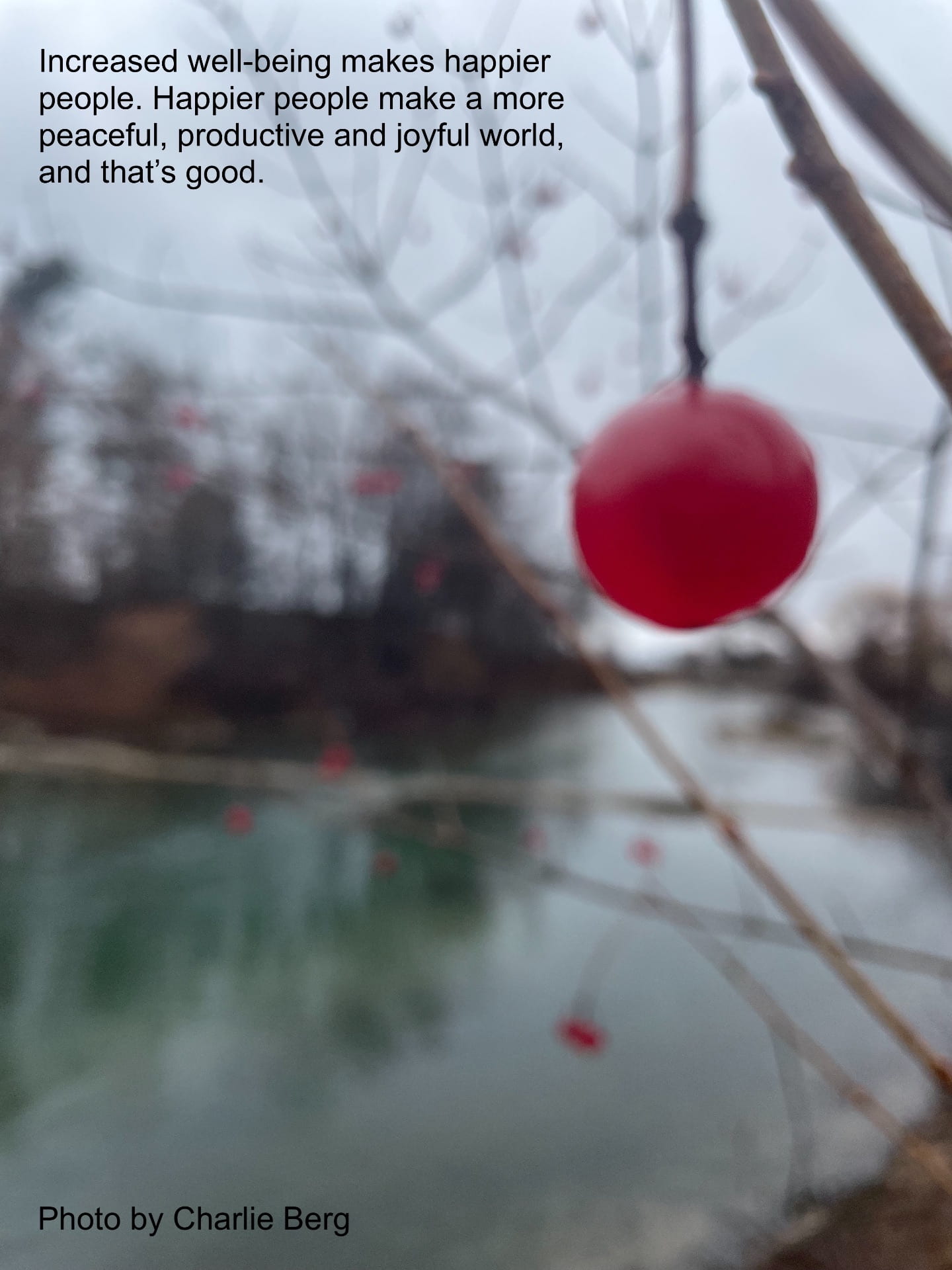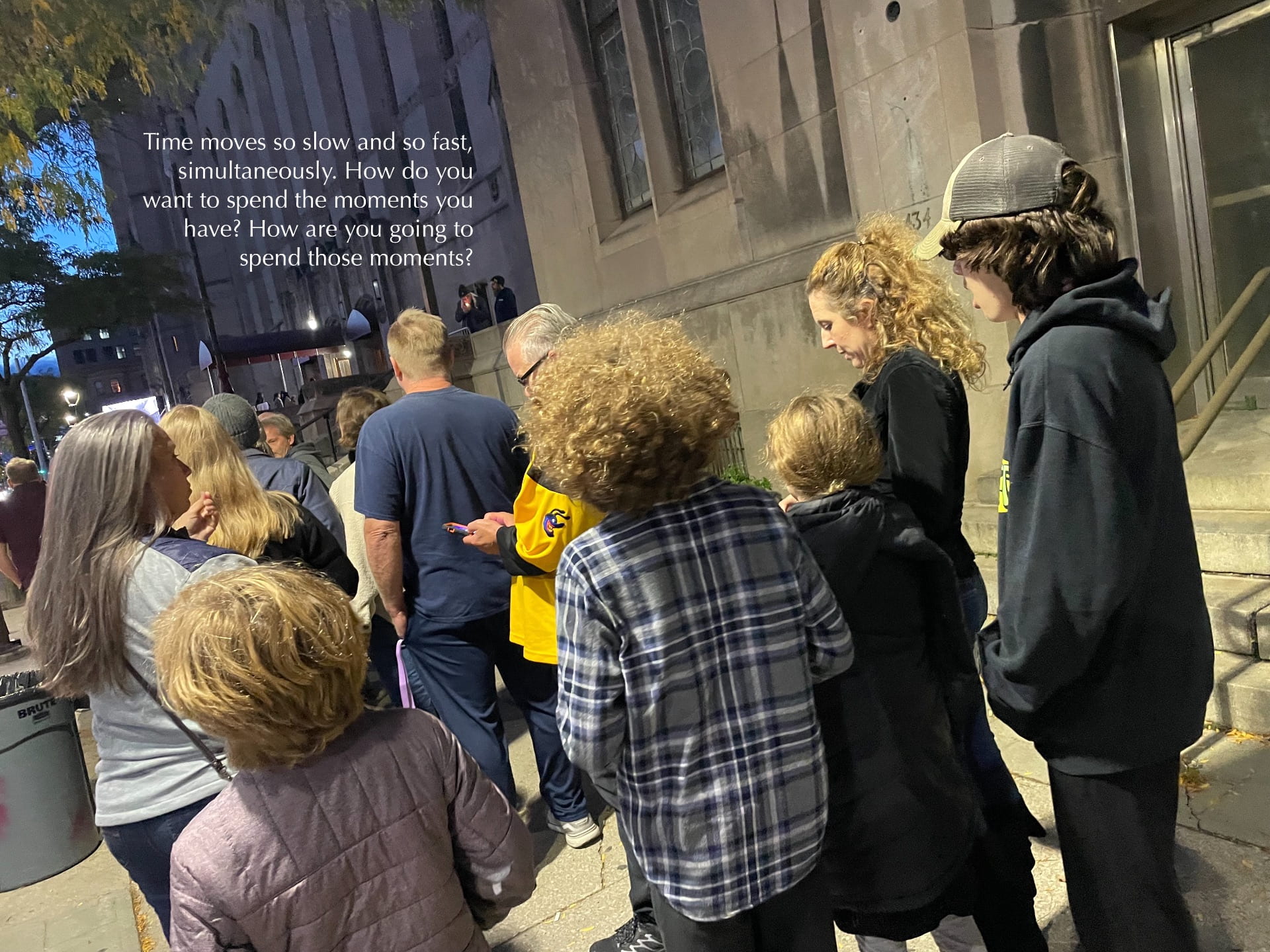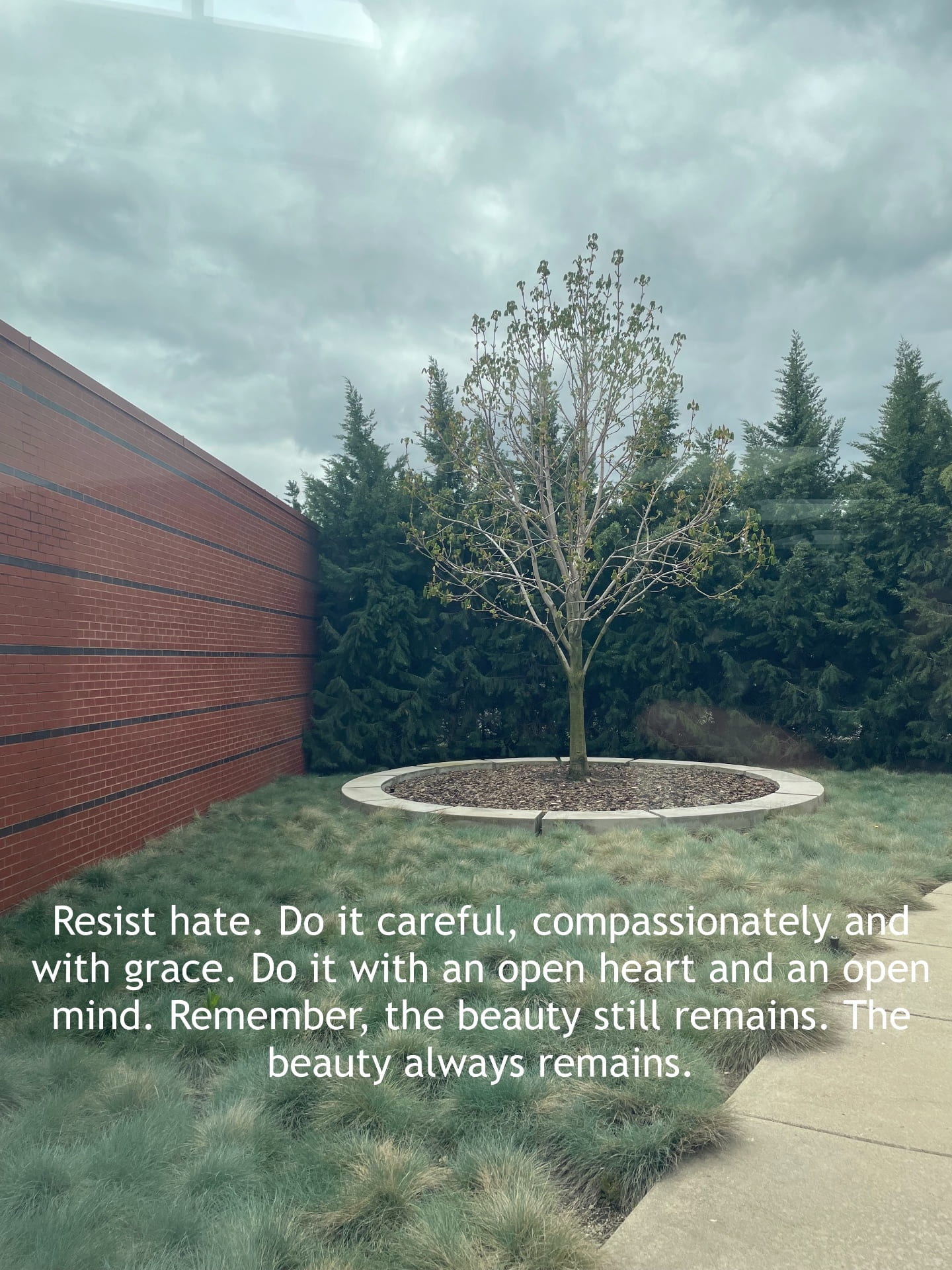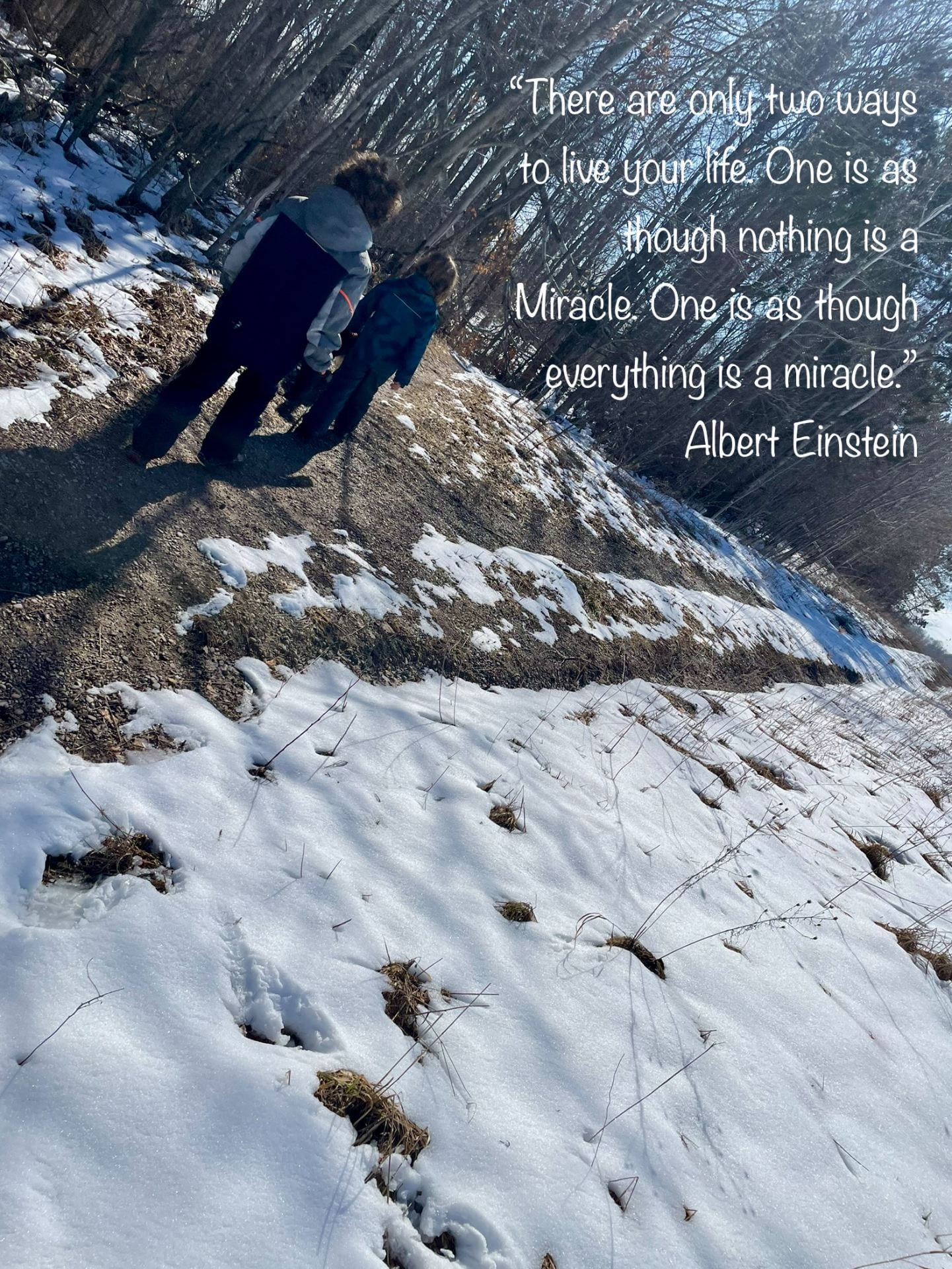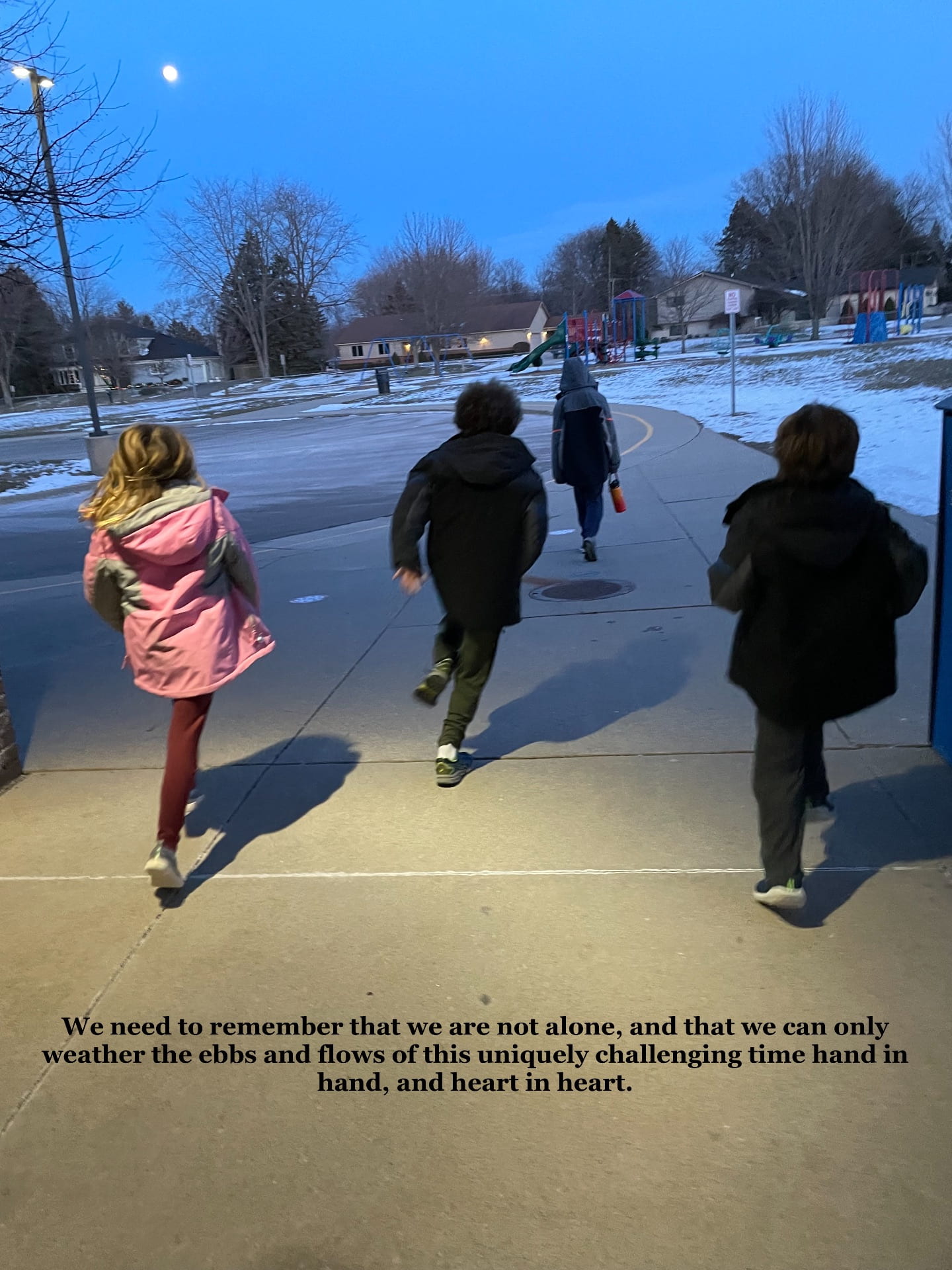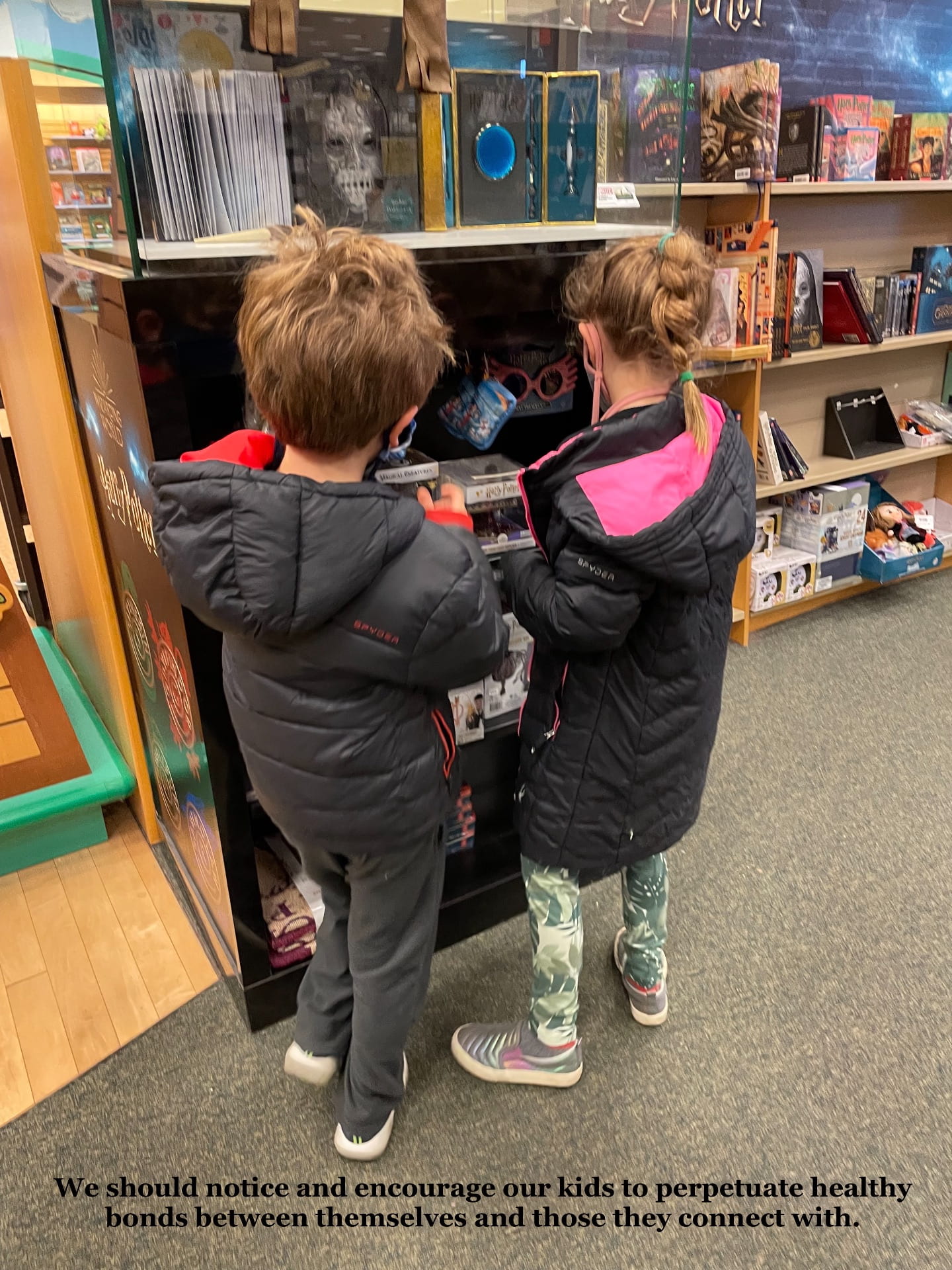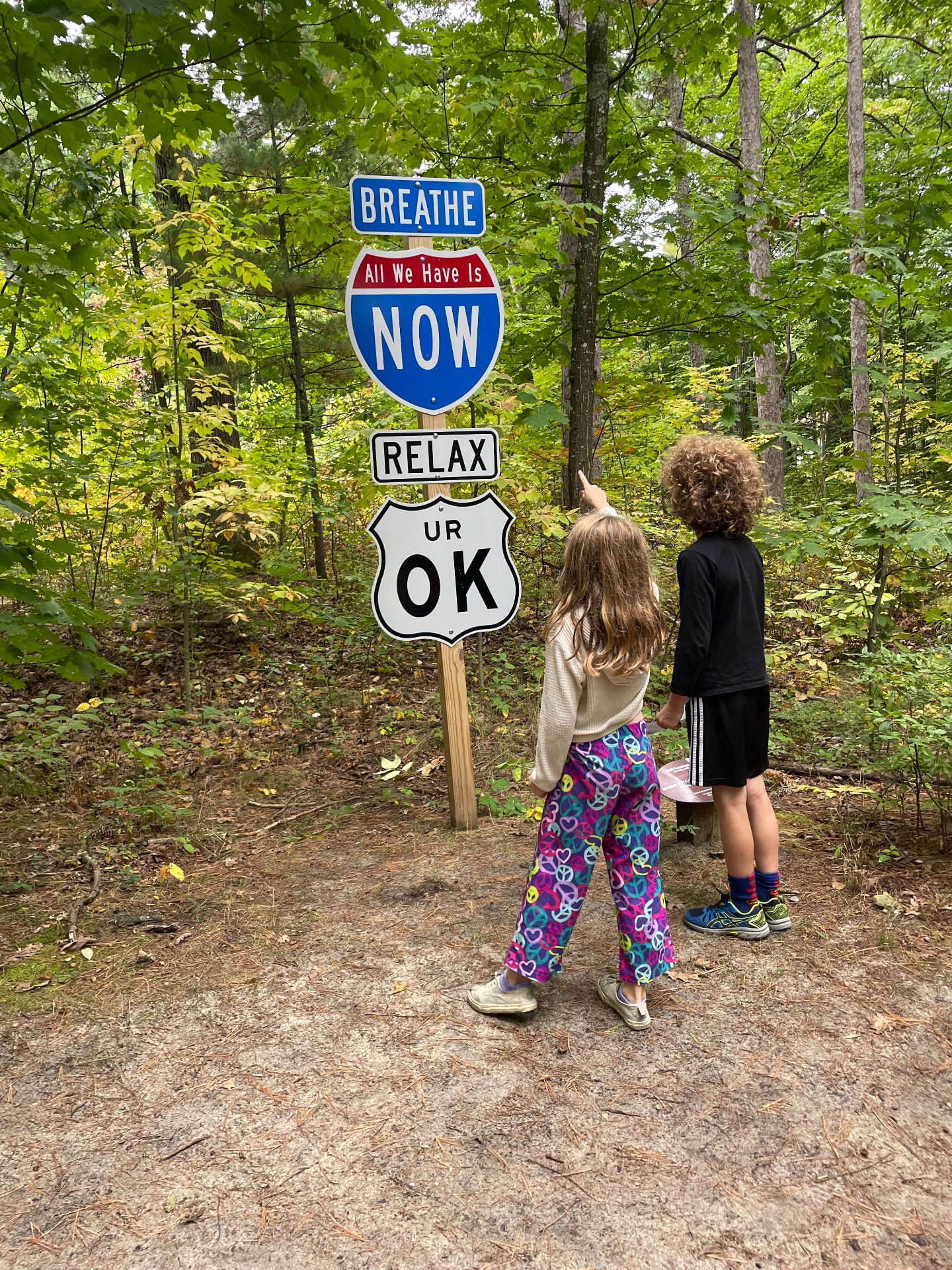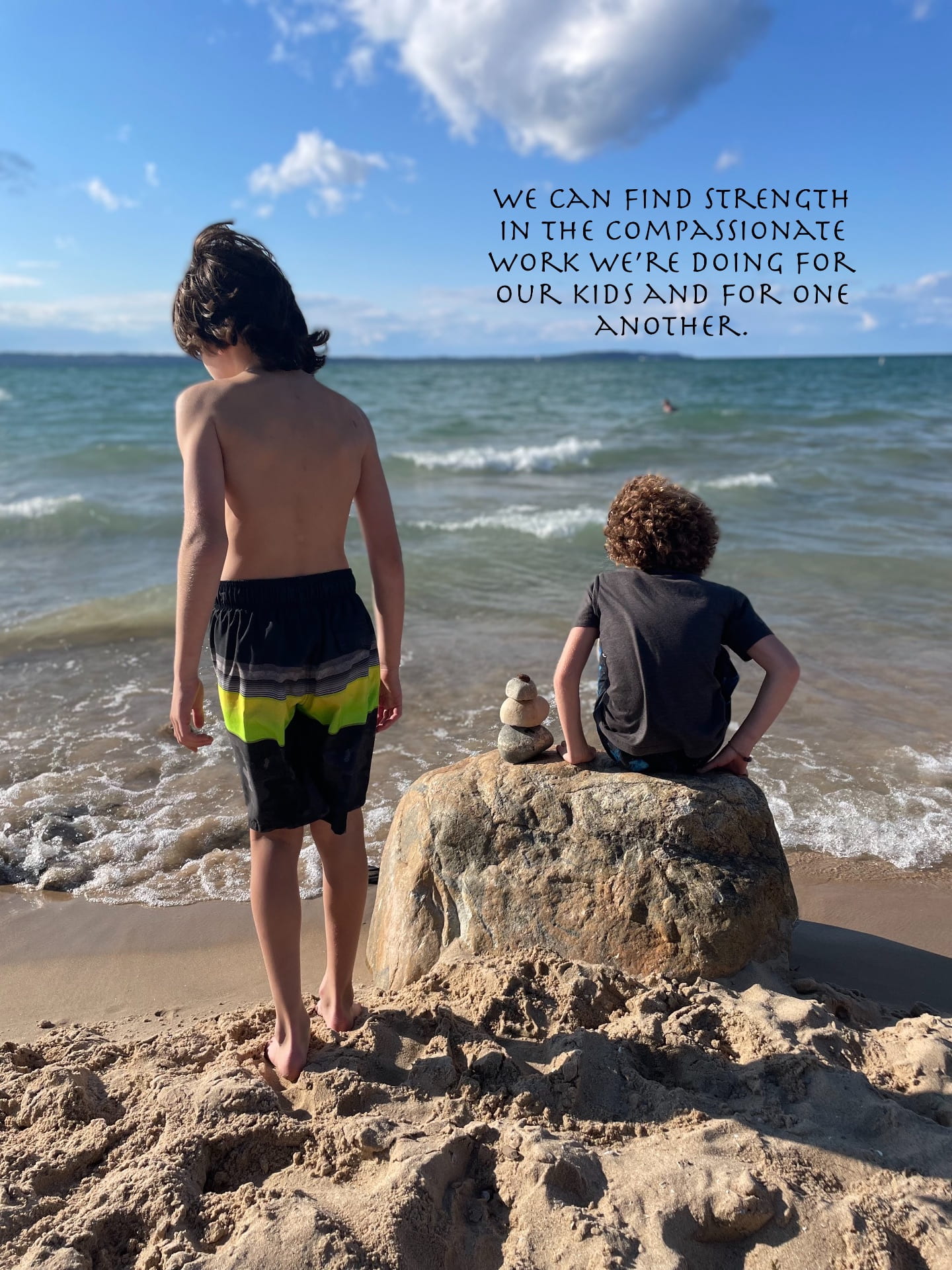A Focus on Subjective Well-Being at Work
There was a time when we in the western world didn’t understand the broad and overarching importance of well-being, especially in the workplace. A long time.
Going to work has historically meant going…to…work, and expressly notgoing to fun, going to comfort, or going to enjoy yourself in any way, or going to enhance subjective well-being. Regrettably, I still hear people talking about their work, and their workdays, in ways that make me wonder how we can do better.
Counting the minutes and thanking the heavens it’s Friday seems to be common practices in the modern workplace.
On the other hand, I do regularly talk with people who make clear that they look forward to going to work.
At school, I know lots of teachers, ancillary and support staff who consistently tell me they love, and are grateful for their jobs. Naturally, those people are also relationship-builders, risk takers and innovators.
Whenever I’m in spaces with educators who talk about loving their jobs I see them (and the kids they serve) experiencing joy and balance. Kids’ at school, with adults who love their jobs, are generally increasingly interested and engaged. They connect and they collaborate. Together, they celebrate learning.
My learning journey has let me to understand subjective well-being as synonymous with life satisfaction. How happy are you with you, personally and professionally? The answer to that questions speaks to your subjective well-being, and your well-being by any measure. Your well-being is an indicator of so much more, including physical health, longevity, social engagement, creativity and productivity.
Everyone lives within a range of emotions. We each feel happy, sad, angry, worried, and all the in betweens at different times. By happy I don’t mean smiling and skipping, I mean feeling good about about yourself overall. I mean being able to face challenges with confidence and resolve, and being able to celebrate triumphs (big and small) with genuine joy and gratitude.
Subjective well-being is about how we feel when we wake up in the morning and when we go to sleep at night. It’s about how we interact with one another throughout the day. It’s about achieving our goals. It’s about how frequently we exercise, and the depth and frequency of our reflectivity and mindfulness. It’s about making choices that bring us positive outcomes. It’s about focusing on the positive while facing the negative with courage and resilience. It’s about hope, optimism and balance.
Ed Diener and Katherine Ryan wrote about subjective well-being in their article, “Subjective Well-Being: A General Overview.” In the article, they explore the impacts of subjective well-being on individuals and on communities. They point out, “…a growing body of research shows that high levels of subjective well-being are beneficial to the effective functioning of societies beyond the advantages they bestow on the individual.” (p. 392)
This notion suggests that we should not only be focused on our own well-being but also on the well-being of others. By regularly using tools and strategies like gratitude, kindness, compassion and reflection we can enhance our own experiences and the experiences of those we share the world with.
When we perceive high levels of life satisfaction we tend to be more settled, more calm, more productive and more engaged. All of which brings increased positive contributions and balance to the communities in which we live and work.
From a leadership perspective, focus on individual well-being is a clear path to a strengthened organizational well-being. Organizational leaders in all secures could enhance their practice by making a point to connected with employees, asking a very simply question, “Are you happy at work?”
If the answer is “no,” we have some good data and a positive pathway to do better. Follow up question would be, “Why do you think that is” and/or, “What would make the workplace a positive, rewarding place for you?”
Some people may know the answer, others may not. In either case, with a focus on well-being in the workplace, extending happiness, productivity and balance (both professionally and personally, and both individually and collectively), we can exhaust that dialogue and translate each reasonable finding in to action.
The bottom line is that a focus on subjective well-being for every individual and for all can enhance our work, our lives, and our contributions to enhanced lives of those around us. Increased well-being makes happier people. Happier people make a more peaceful, productive and joyful world, and that’s good.
Live. Love. Listen. Learn. Lead. Thanks.
